Introduction
Last month, in Moustiers Sainte Marie, France, I watched several shopkeepers return a lost young bird to a part of town closer to its natural habitat.
This small drama was a play of few acts, but reflected a pattern of human conduct embedded in urban life. I was well-positioned to capture the moment with a Fuji XT1 camera, and was immediately reminded that the complex issues of wildlife in the cityare often first framed by common sense, ingrained patterns — a “let the bird go moment” — readily captured by watchful eyes.
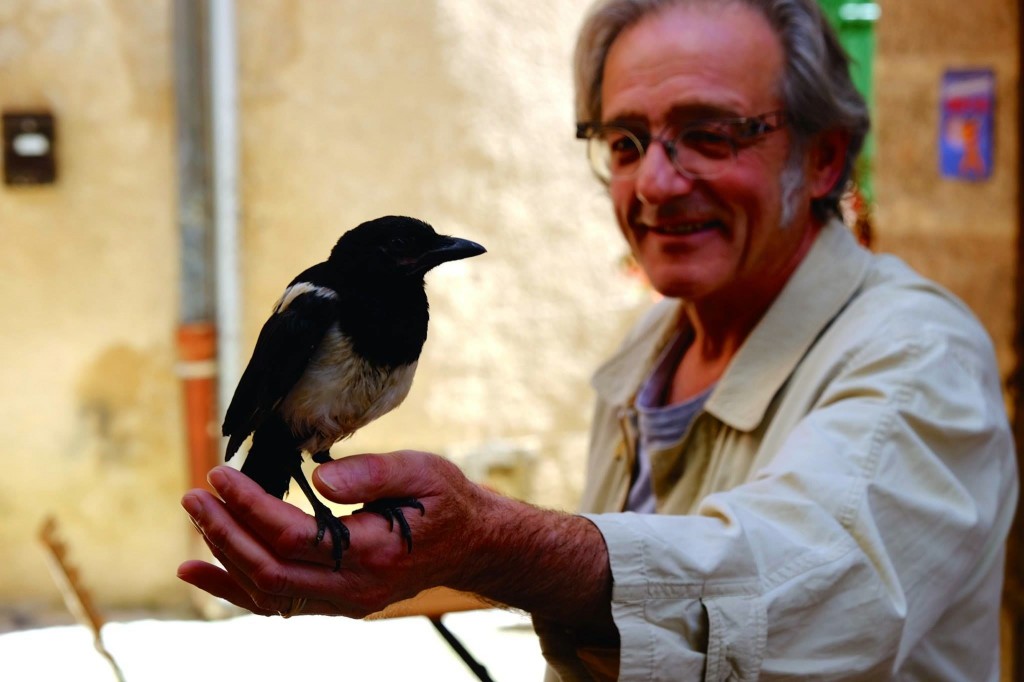
I suggest that in many instances, these moments are obvious to the beholder, andessential to record and later evoke for illustration and discussion.
How we should capture such first principle, “teaching moments”? What tools should we use? What are the secrets of documenting compelling examples for posterity’s sake?
Below, I describe how to capture common sense portraits of the urban environments for later use, and why.
Inadvertance as a First Principle of Urbanism
In the urbanist dialogue, we don’t often speak about the value of inadvertence in urban settings, but spontaneous interludes often inspire us in a “look at that” sort of way. While visiting urban gathering places, I usually have my eyes open for such sudden, unique (and often private) moments in public spaces.
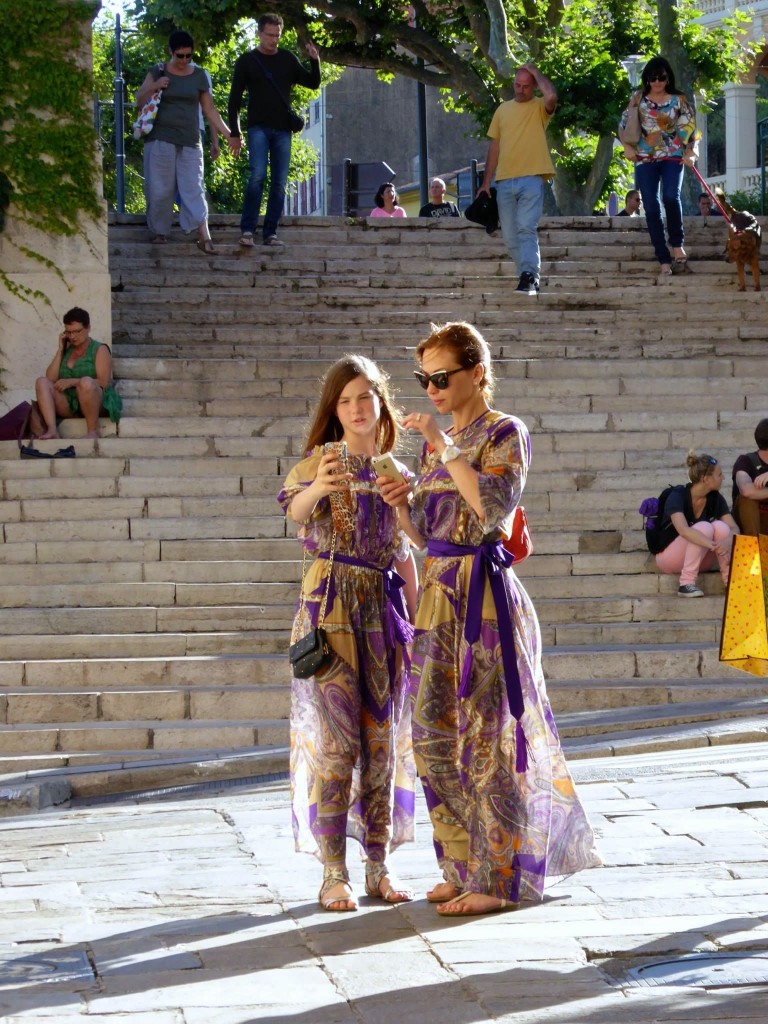
In Grasse, France — often termed the perfume center of the world — I recently saw this sort of interlude, likely a shared moment during a special, mother/daughter excursion to the famed Grasse parfumeries.
Here, with the benefit of late afternoon sunlight, long shadows, and shaded background, my Fuji XT1 caught shared, colorful attire, highlighted against daily urban life, resulting in an uncontrived spirit and sense of place that I found particularly remarkable.
My fortunate positioning in a small pedestrian street branching off from a central square allowed me to record, first principles of mother/daughter excursions in a way that can inform best practices.
How so?
I heartily conclude the following for purposes of urban design and regulation, from a common sense perspective, consistent with this series: Allow people small stages in urban settings, through spaces that shine a light on colorful moments like these.
Cities: Where Children Learn to Fly
In Seattle’s Volunteer Park one recent evening, the landscape yielded expression befitting an urban open space — a reflection of childhood speculation that maybe, with adult guidance, we really can learn to fly.
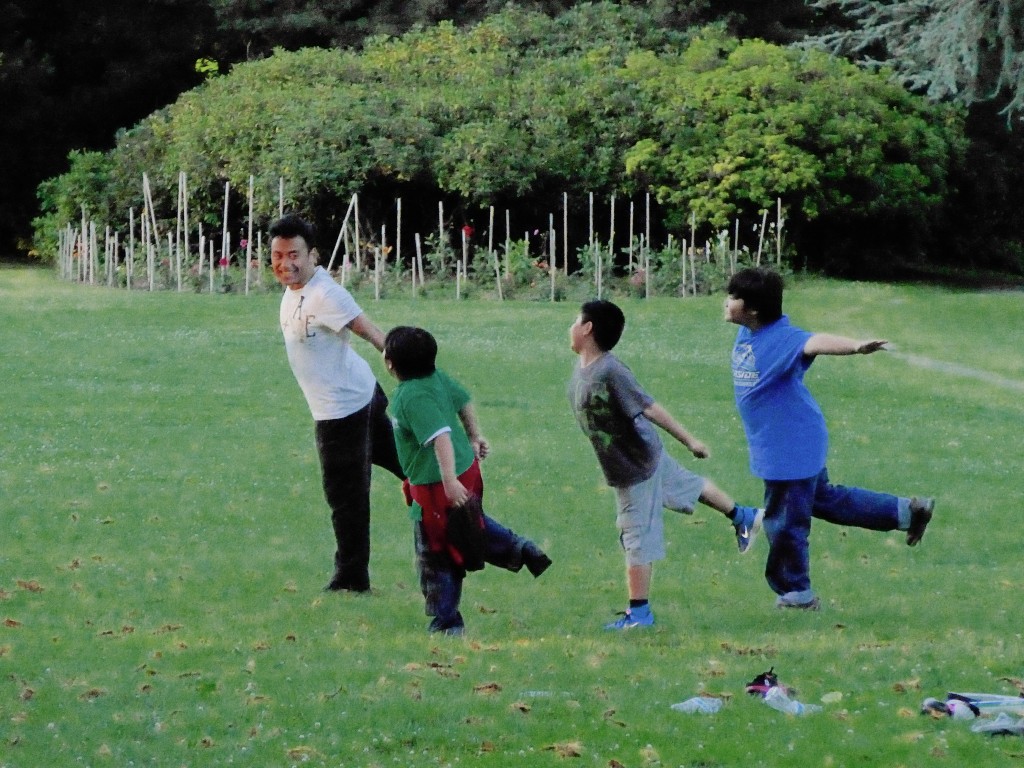
Once again, I saw an urban place become a theater for display of simple, yet universal, human hopes and dreams.
Clarifying Urban Property Rights, Without Effort
In today’s shareable city, there are some things — like driveway access — that are difficult for many people to surrender to chance. In this case, the means of communication, both inadvertent and direct, caught my eye for inclusion in this “common sense” compendium.
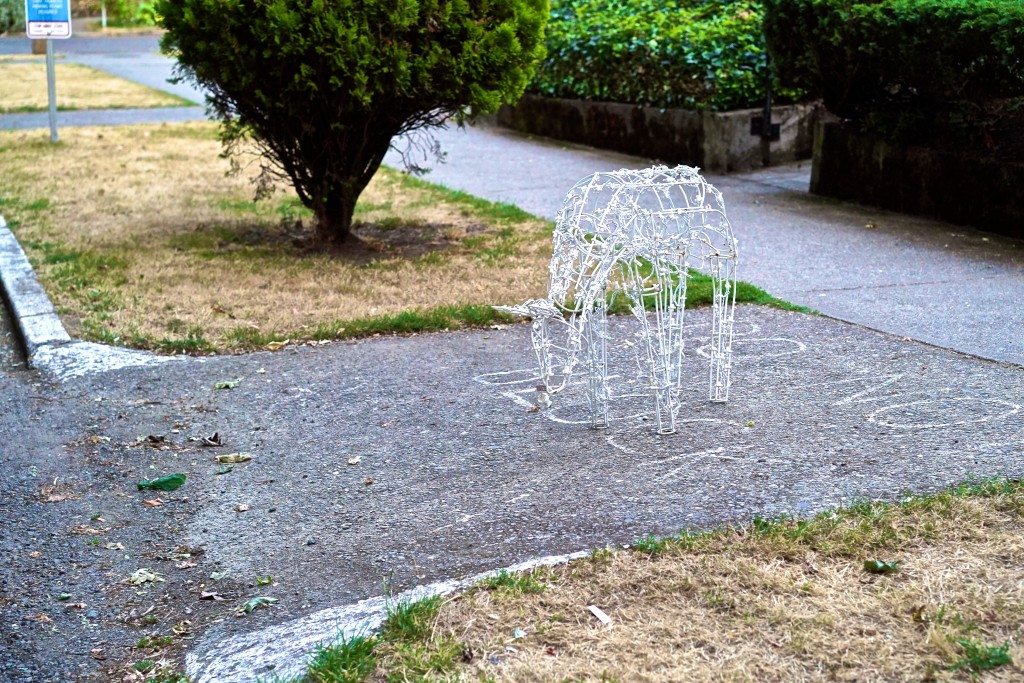
Consider this adaptation of what could well be a leftover holiday lawn ornament, a likely award winner in a conjectural “you can’t make this stuff up” competition.
As I’ve said many times: The urbanism we already have is often the best urbanism of all.
Activating Common Sense in The City
Around the world, the sit-able city (a new term that I termed here last October for an age-old concept) increasingly surrounds us, whether installed to honor ongoing, traditional cultural norms, or interposed more aggressively on an experimental basis to encourage safe participation in downtown life.
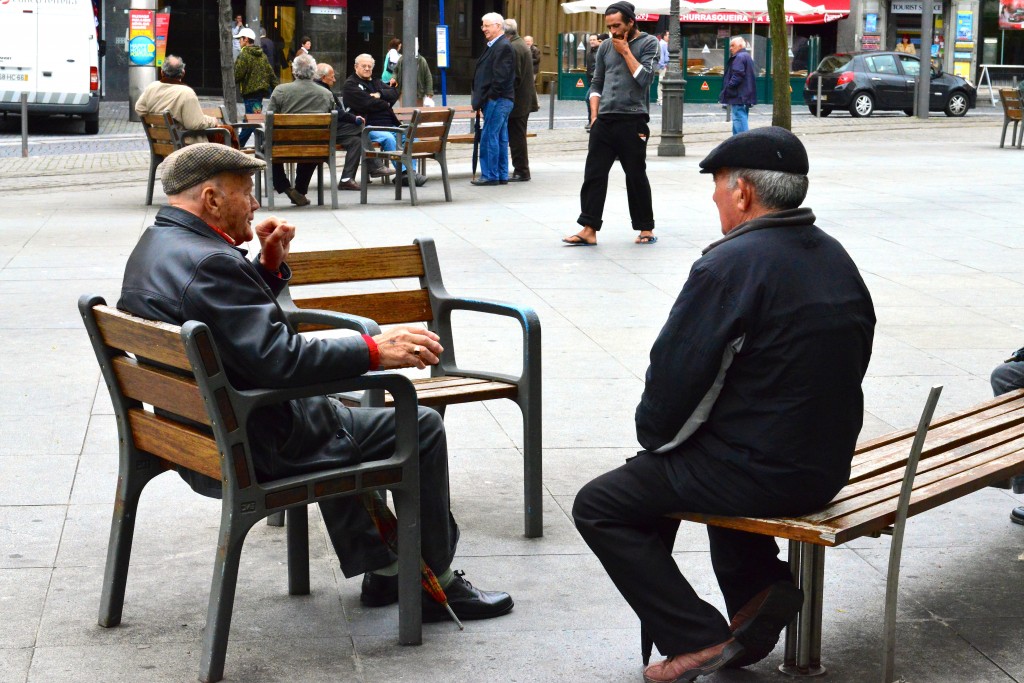
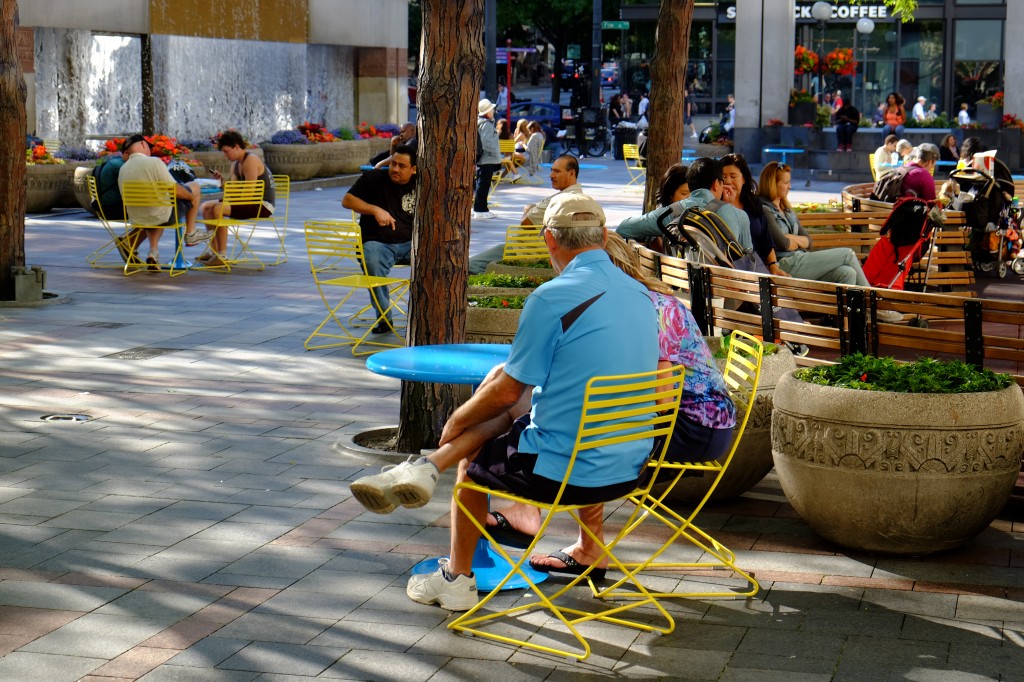
The above two images show, sequentially, each installation alternative, first, in Porto, Portugal, and, second, in Seattle, Washington.
Do the relative purposes of the benches, tables and chairs shown here really matter, as much as the results themselves? After all, the scenes seem to show use-as-intended, whatever the purpose.
I suggest that there is a distinction, with lessons learned.
While the first, Portuguese image (captured with a Nikon D800) shows a modern moment in a long-term way of life, the second, Seattle example (via my Fuji XT1) reflects a more portable undertaking; part of a recent, purposeful activation of downtown space, a joint effort of the City and the Downtown Seattle Association.
Some would champion this Seattle example as another instance of a tactical urbanism intervention, and call it a day. But I think a more fundamental point merits an ironic mention, both in the “sit-able” context and for all six images presented here.
There is often nothing new in common sense human endeavors, planned or otherwise. What will work going forward is, very simply, often what has worked before.
Images composed by the author in Moustiers Sainte Marie and Grasse, France, Porto, Portugal, and Seattle, Washington. © 2009-2014 myurbanist. All Rights Reserved. Do not copy.
For more information on the role of personal experience in understanding the changing city, see Urbanism Without Effort, an e-book from Island Press.
You can follow Chuck Wolfe on Twitter: @crwolfelaw. This post first appeared in serial form in myurbanist.



